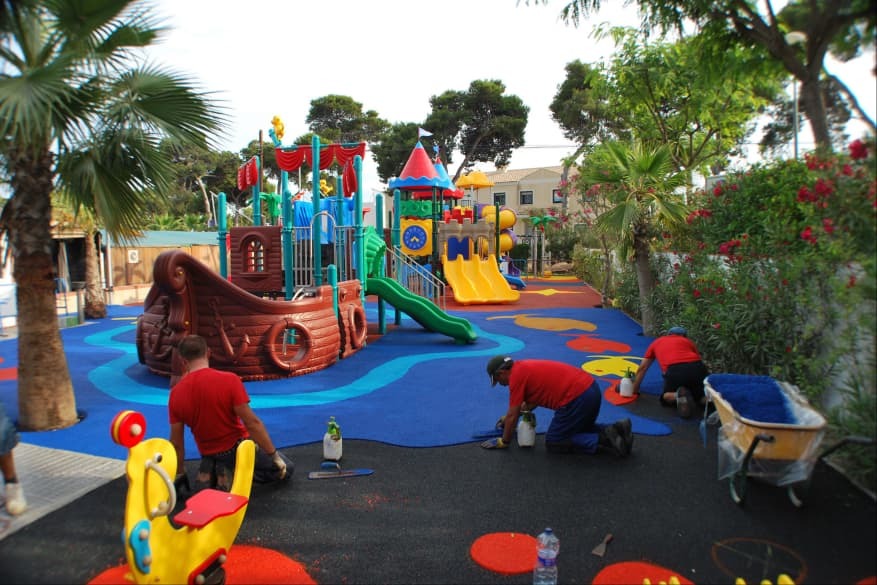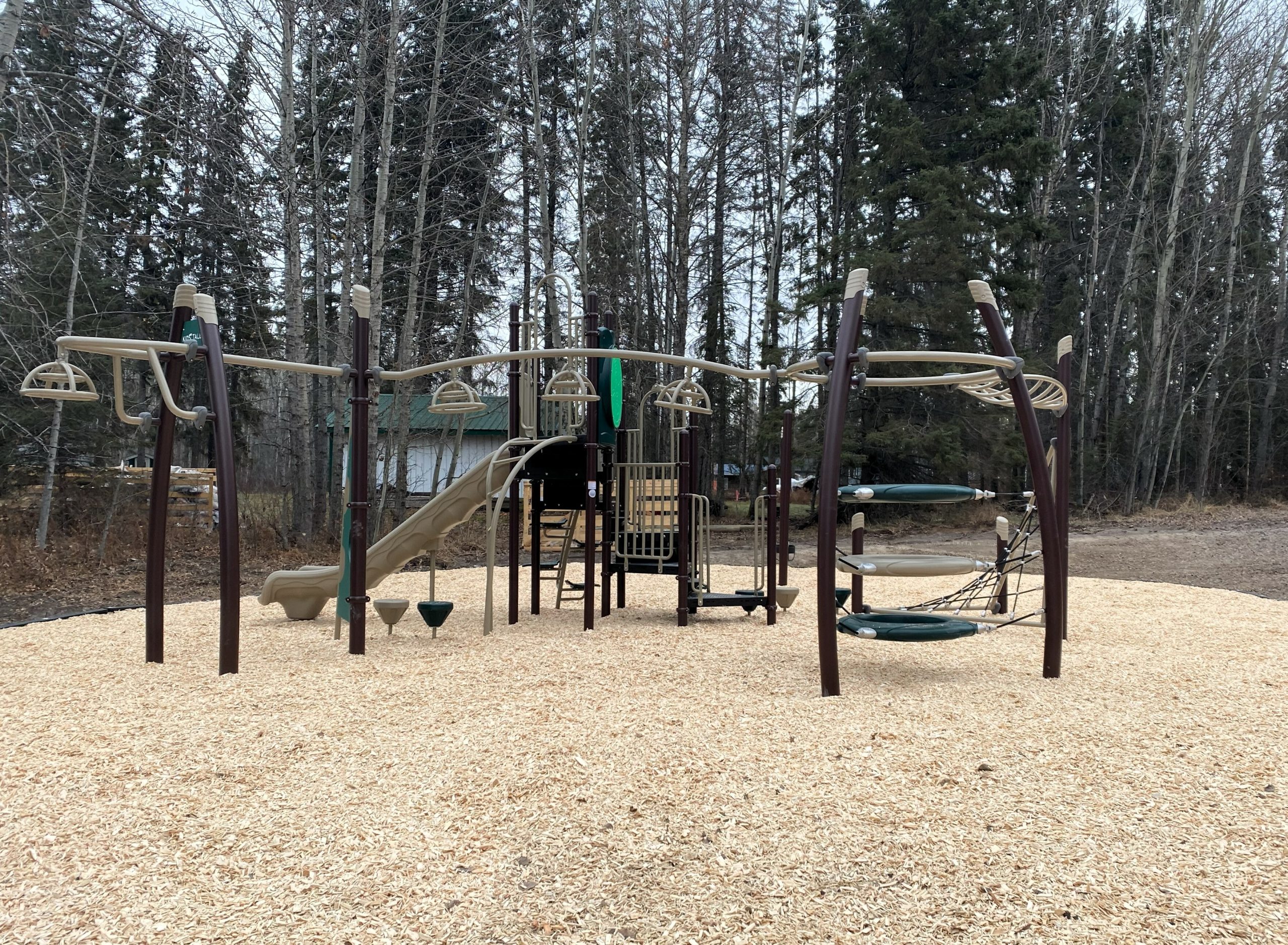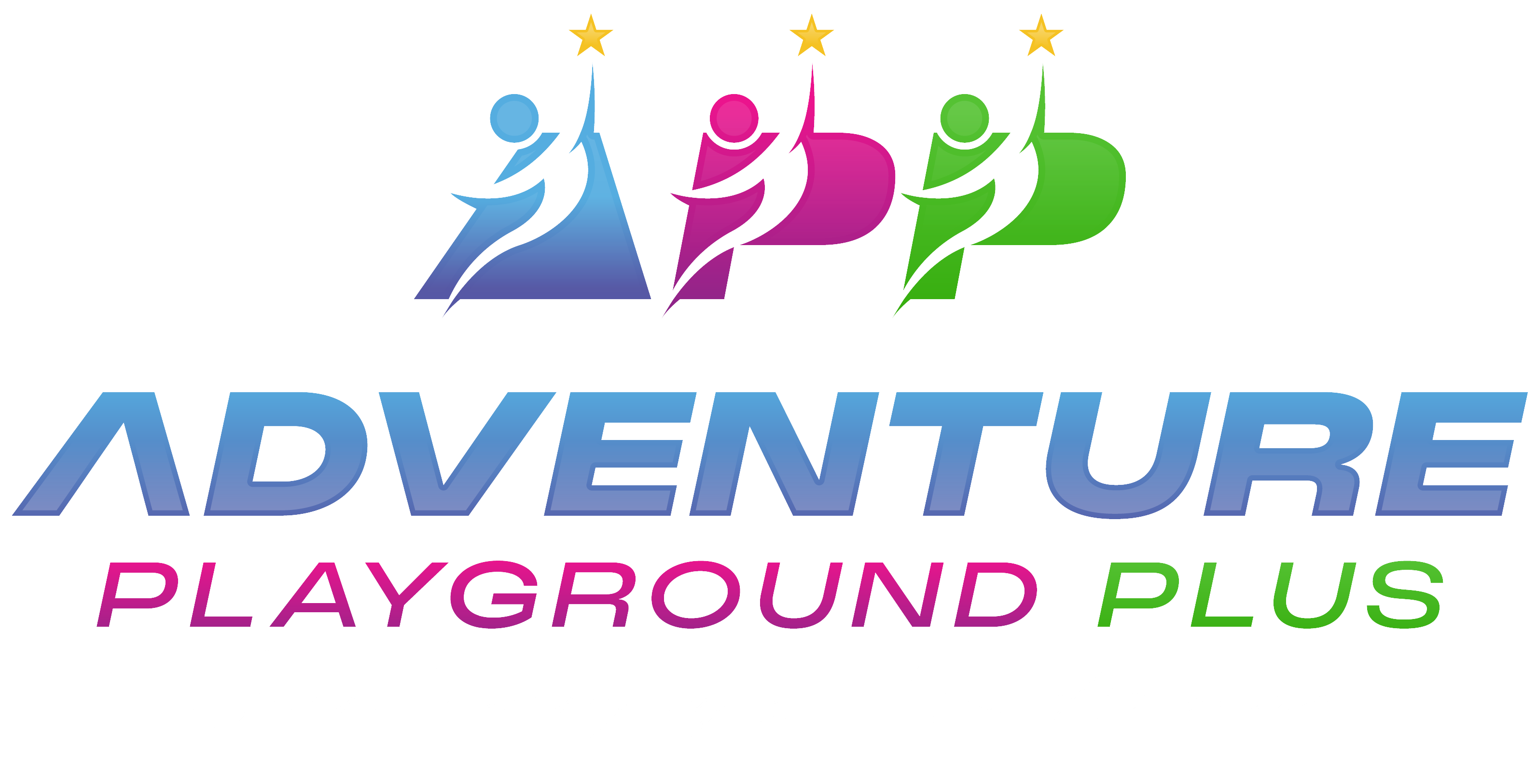
Surfacing
Whether you need a playground, a sports park, or a horse arena, we have the right surfacing for you. Our surfacing products are durable, safe, and versatile. They can enhance the performance, comfort, and appearance of your facility.
Planning a Great Playground: Considerations Beyond Equipment Selection
Designing an exceptional playground involves more than just choosing the right equipment. While well-designed, safe equipment is crucial, the ground surface plays an equally vital role. After all, children’s enjoyment and safety depend on both.
Here are some key factors to consider when selecting outdoor playground surfacing:
Availability of Ground Cover:
- While certain products may seem appealing online, ensure they are readily available in your area. Shipping costs and specialized installation requirements can impact feasibility.
- Having a local supplier who can address questions or issues promptly is essential.
- Maintenance:
- For commercial playgrounds, maintenance is critical. Limited resources often mean infrequent cleanup.
- Be cautious of ground cover products advertised as “low maintenance.” Quality matters and investing wisely ensures long-term durability.
- Remember, each playground is unique, with varying parameters like indoor/outdoor settings, terrain, climate, drainage, and traffic. By considering these factors, you’ll create a safe and enjoyable play environment for children.
Here are some key factors to consider when selecting outdoor playground flooring:
Ground Cover Accessibility:
- Ground cover should accommodate everyone, including those with mobility challenges (e.g., wheelchairs, crutches).
Ground Cover Appearance:
- Thoughtful design extends beyond equipment to the overall playground aesthetics.
- Consider blending functional equipment seamlessly into the site location or terrain.
- The right ground cover enhances the project’s visual harmony.
Ground Cover Affordability:
- Budget constraints apply to every playground project, from small backyard sets to large civic installations.
- While prices vary, prioritize safety over cost.
- Remember: The most expensive option isn’t always the best; choose wisely based on usage and safety.
Ground Cover Safety: Prioritizing Child Safety
Selecting the best playground surface material involves more than just preventing falls. Child safety is paramount, and we must consider various factors beyond impact resistance. Here’s what to keep in mind:
Avoid Hazardous Materials:
- Steer clear of concrete, stone, or hard pavers. These materials pose risks.
- Safety extends beyond falls; consider health hazards like hidden objects, toxic chemicals, and pet waste attraction.
Safety Overlooks Can Lead to Consequences:
- No one wants to witness a child getting hurt on the playground.
- Neglecting safety precautions may result in legal repercussions.
Now, let’s explore available playground ground cover materials. By weighing their advantages and disadvantages, we’ll guide you toward the right choice for your playground surface. Safety remains our top priority!
Choosing the Right Playground Ground Cover: Loose vs. Unitary Materials
When planning a playground, the ground cover plays a crucial role in safety and overall experience. Let’s explore the two main types of playground ground cover:
Loose Materials:
These materials are granular and can be spread across uneven surfaces.
Examples include pea gravel, sand, mulch, wood chips, and engineered wood fibers (EWF).
Advantages:
- Inexpensive and easy to install.
- Commonly found in playgrounds across North America.
- Maintenance Considerations:
- Regular upkeep required, especially in high-traffic areas where granules may scatter.
- “Kick-out” from swinging feet or slides can displace loose materials.
Unitary Materials:
These materials are chemically bound and form solid or semi-solid surfaces.
Examples include tiles, rolled turf products, and poured rubber surfaces.
Advantages:
- High durability and ability to withstand impact.
- Lower maintenance once installed.
- Installation and Cost:
- Requires experienced installation due to complexity.
- Typically, more expensive than loose materials.
Before making a choice, weigh the pros and cons of each type. Safety, budget, and long-term maintenance should guide your decision.
Common Playground Ground Covers: Choosing Wisely
When it comes to playground ground covers, selecting the right material is essential for safety and enjoyment. Let’s explore both loose and unitary options, along with a brief mention of materials to avoid:
Sand:
Sand, the traditional choice, is natural, affordable, and readily available.
Advantages:
- Low cost and easy installation.
- Non-flammable.
Disadvantages:
- Becomes hard when wet, making it challenging to walk on.
- Poor ADA compliance.
- Tends to stick to clothing and track everywhere.
- Conceals excrement and sharp objects.
Pea Gravel:
Pea gravel consists of larger granules than sand, resembling the size of peas.
Advantages:
- Economical to purchase.
- Easy maintenance: depressions can be replaced.
- Less attractive to animals compared to sand.
Disadvantages:
- Easily swallowed by young children.
- Difficult to walk through when applied thickly.
- Not considered Accessible.
Products Not Recommended:
- Grass: Hard surface, demanding maintenance.
- Concrete: Extremely hard and hazardous.
- Wooden boards and ground-level decks: Slippery when wet.
- Bare earth: Dirty and prone to insects.
- Loose-fill rubber: Cannot meet Accessibility standards.
Engineered Wood Fiber (EWF): The Ideal Playground Ground Cover
Are you searching for the best material for your playground? Look no further—engineered wood fiber (EWF) is increasingly becoming the top choice for playground surfaces. Here’s why:
Advantages:
- Excellent compaction rate for Accessibility.
- Superior fall protection.
- Very affordable.
Disadvantages:
- Requires routine maintenance for Accessibility.
- Can conceal foreign objects.
- Needs periodic replenishment.
EWF is readily available and complies with ADA standards. It provides a safe, cushioned surface for children to play on. Slip-resistant and resilient, it minimizes injuries during falls.

Environmental Friendliness:
EWF is biodegradable and sourced from renewable natural materials. Its impact on the environment is minimal, making it a green-friendly choice.
Longevity and Cost-Effectiveness:
While the initial cost may be slightly higher than alternatives like sand or pea gravel, EWF’s durability pays off over time. Its longevity and low maintenance requirements make it a cost-effective investment.
Global Reach:
EWF is not limited to North American playgrounds—it’s shipped worldwide due to its proven value.
Inclusivity:
EWF ensures that all children, including those with special needs, can access playgrounds. It goes beyond mere accessibility, fostering truly inclusive play environments.
Choose EWF—the best ground cover for playgrounds that combines safety, sustainability, and inclusivity, while being cost effective.
Poured-In-Place Rubber:
Poured rubber surfacing stands out for its exceptional safety, durability, and eco-friendliness. However, it’s crucial to carefully consider maintenance and installation aspects.
Advantages:
- Long life and durable wear.
- Skid and abrasion-resistant.
- Excellent compliance for disabled persons.
- Used in projects with higher budgets.
- Available in various colors for creative architectural designs.
Disadvantages:
- Expensive playground surface.
- Requires professional installation.
- May become harder over time due to UV exposure (impact testing recommended).

Safety:
- Poured-in-place (PIP) rubber is specifically designed to be extremely shock-absorbent. It provides a soft and cushioned surface, reducing the risk of injuries from falls.
- Unlike wood chips or pavement, poured rubber doesn’t splinter, minimizing the risk of skin, eye, and clothing injuries.
- It’s free from harsh chemicals, metal, and wood, making it safe for sensitive skin and allergies.
- Poured rubber also prevents encounters with animal waste that might be present in loose-fill materials like mulch.
Disadvantage:
- UV light exposure can cause fading or discoloration over time.
Durability:
Advantage:
- Despite its rubber construction, poured-in-place playground surfaces are highly durable.
Disadvantage:
- If not properly maintained, rubber can separate and peel with age, potentially causing tripping hazards.
